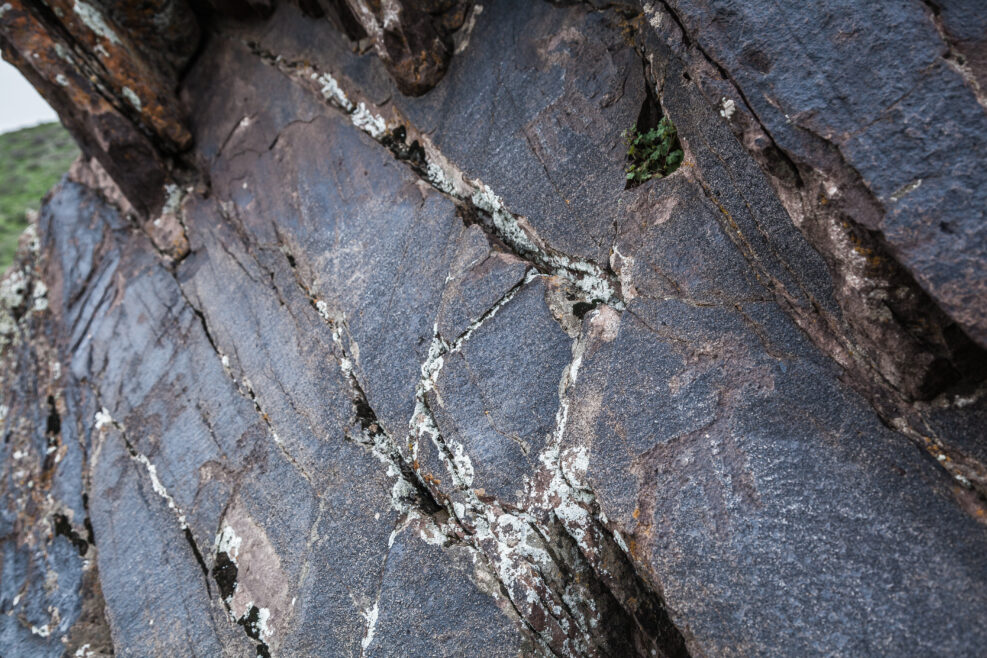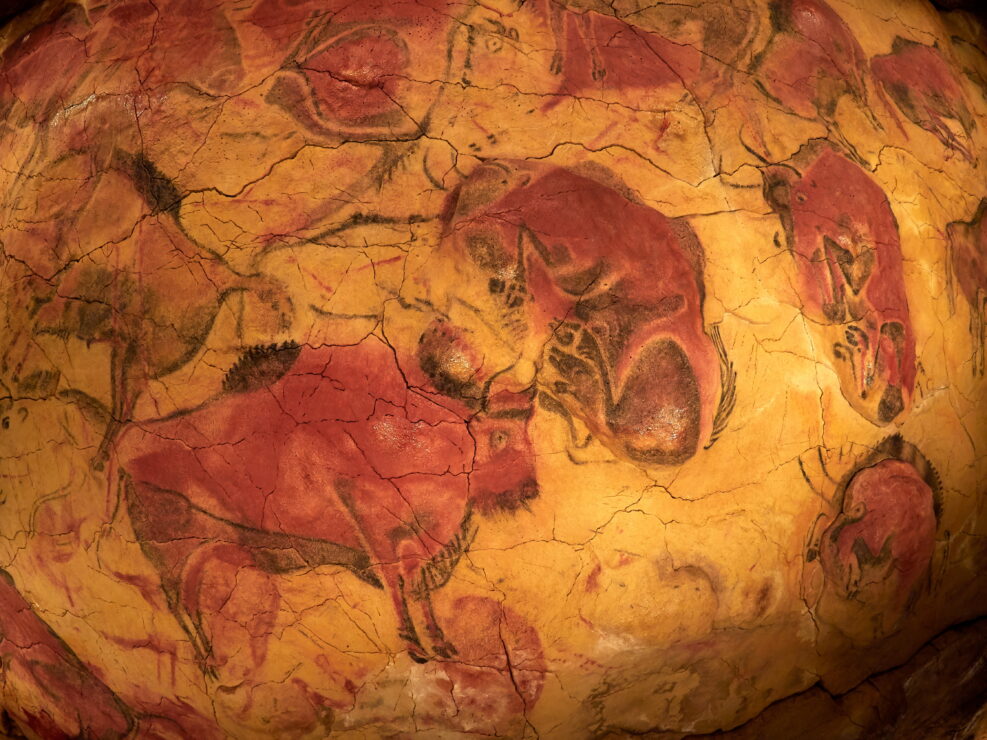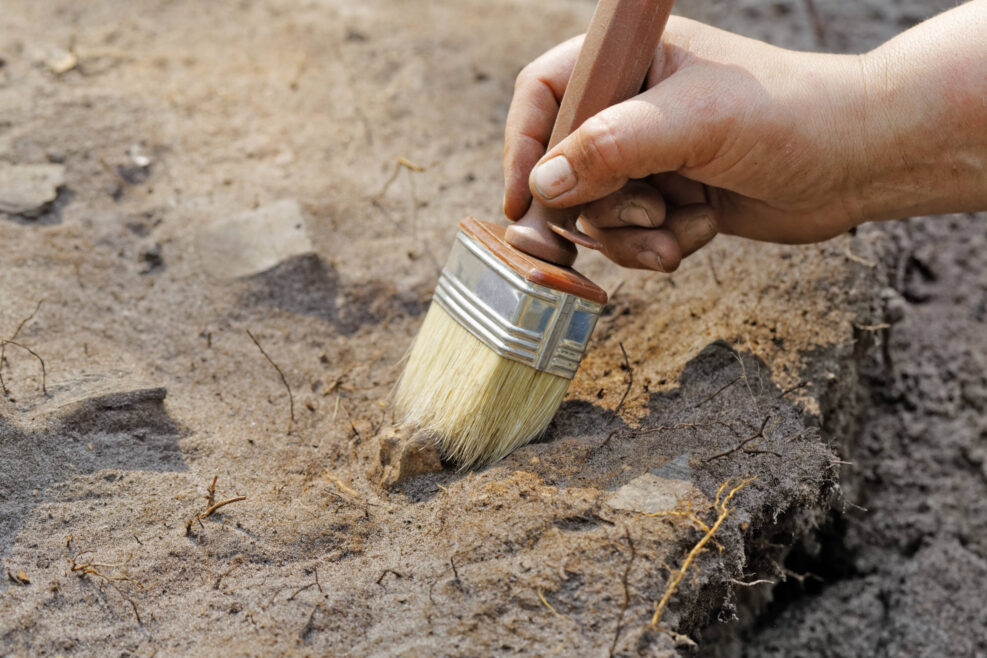
CategoryPaleontology


Asked at Psychology Today: Were Neanderthals Religious?
We can’t poll long-dead Neanderthals on life, death, and the hereafter but the evidence we’ve dug up suggests they were thinking about that kind of thing
Scientists Spar Over What a Netflix Science Documentary Should Be
Should “Ancient Apocalypse” be relabeled “science fiction” if archeologists don’t think the documentary writer’s claims are valid?
Deciphering the Hidden Meanings of Cave Art
In many cases, there are more dots and lines than animals, which suggests some sort of early information system
What Was It Like To Grow Up in the Paleolithic era?
We are learning much about our ancestors’ lives from the less highly publicized finds
Does It Take a PR Agency to Make Neanderthals Human?
It’s interesting to watch how science writing on Neanderthals has changed over the years
Researchers: Early Humans Chose Their Toolmaking Rocks With Care
Different types of flint were useful for different purposes 70,000 to 30,000 years ago
The Likely Reason the Human Mind Has No History
Our efforts to explain the origin of the human mind fall flat because we are looking for an origin that probably doesn’t exist
Footwear From Over 75,000 Years Ago? Some Fascinating Hints
Some researchers focus on changes in human foot bones, others on evidence of foot protection on ancient trackways
When Did Humans First Start Burying the Dead?
One of the things paleontologists look for is special care taken in the placement of the deceased's body
Our Ancestors Are Constantly Evolving, Just to Keep Up!
Negative biases about our forebears have long been part of science, education, and popular culture. Why?Recently, archeologists came up with an interesting find from 30,000 years ago in what is now Moravia, part of the Czech Republic: Ravens lived among humans. over 30,000 years ago, during the Pavlovian culture, ravens helped themselves to people’s scraps and picked over mammoth carcasses left behind by human hunters. This took place in the region known today as Moravia, in the Czech Republic. Ravens live in human settlements today, of course, with one notable difference: The archeologists from the University of Tübingen and the Senckenberg Centre for Human Evolution noted that “The large number of raven bones found at the sites suggests that the birds, in turn, were a supplementary source of food, and may have become important in Read More ›

Researchers: Neanderthals Invented Process to Produce Birch Tar
The tar can be used for glue, bug repellent, and killing germs. This finding tracks growing recognition of Neanderthals as intelligentMany of us grew up with “Neanderthal!” used as a term of abuse for a stupid person. A 2021 study from the University of Tübingen and others, dusted off at ScienceAlert, paints quite a different picture, in connection with Neanderthals’ manufacture of birch tar. The tar from burnt birch wood can be used as glue, insect repellent, and antiseptic. It can be scraped from a fire naturally or it can be produced in a controlled way. Which method Neanderthals used says something about the development of their culture. The study authors, Patrick Schmidt et al., went to a lot of potentially messy trouble to try to answer the question: Some think of black tar as a happy accident that Neanderthals Read More ›